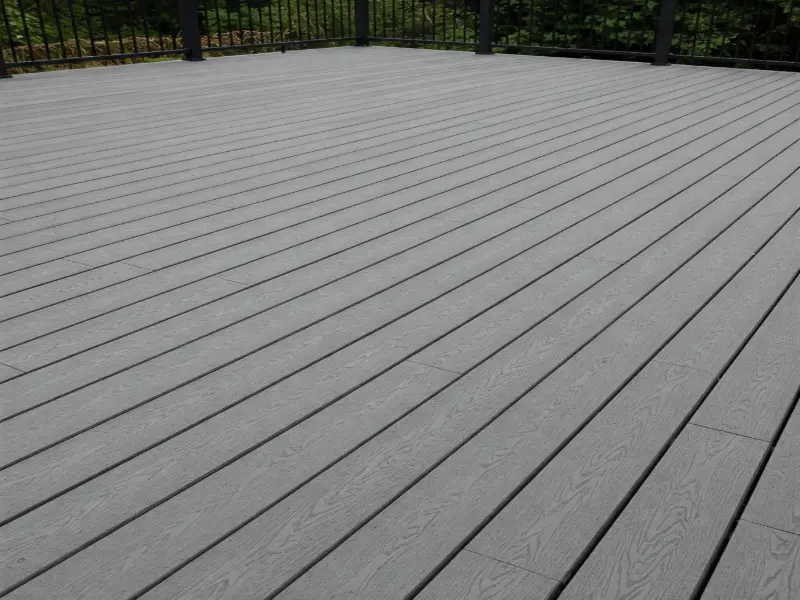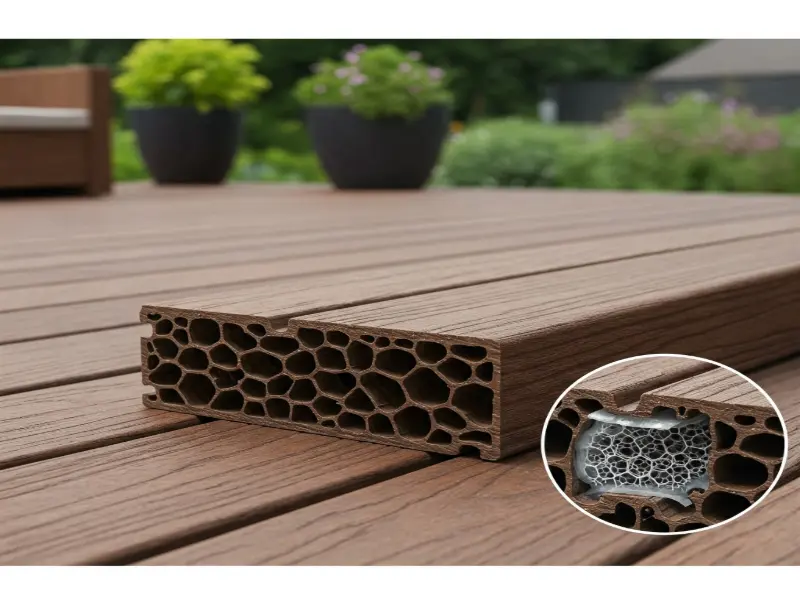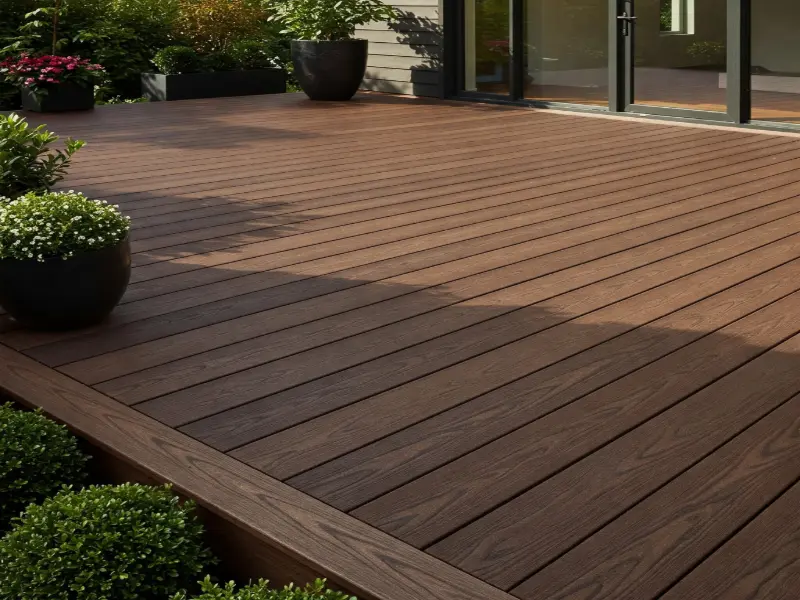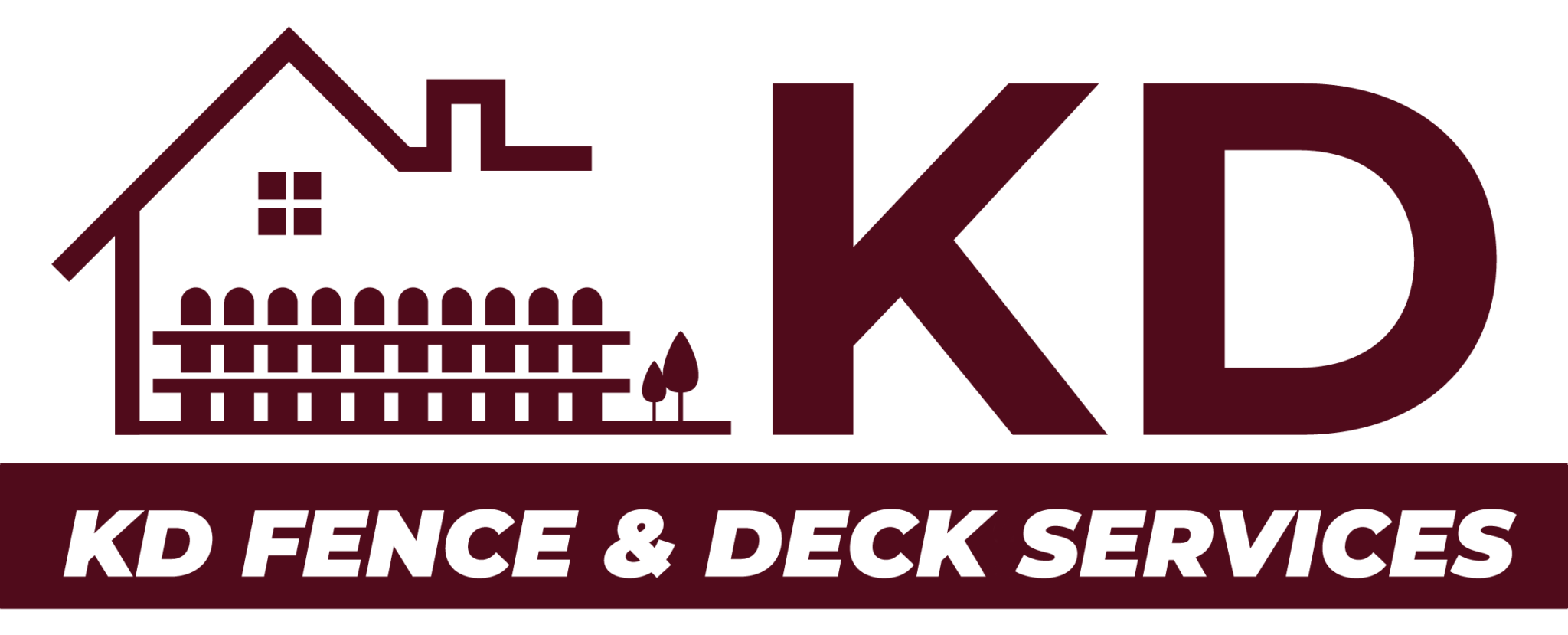Why Homeowners are Considering Composite Decking
A deck is a heavenly place where you can enjoy and spend time peacefully. It is a fantastic way to blend both indoor and outdoor living. Most homeowners are moving from traditional wood decking to composite materials for their outdoor spaces as it offers a flexible approach that can be customized to fit in any home’s aesthetic. With modern innovation, composite decking has replaced wood decking by offering several advantages that make it a worthwhile choice.
In this article, we provide insights into composite decking, including its pros and cons, to help you make the best choice for your home.
What is Composite Decking?
This decking material is composed of wood fibers, plastic, and other materials which make it more denser than wood. This decking requires lower maintenance, by giving greater durability and longer life span.
As composite decking is an environmentally-friendly wood alternative, and for its maintenance free deck options and flexibility, composite decking has become the most popular choice of decking among the homeowners.
There are three types of composite decking boards,
- Solid
The solid boards are strong, heavy and durable and are commonly used for swimming pool decks, permanent flooring in hotels, homes and offices. However, under extreme weather conditions, these boards might expand and contract.
- Hollow
These are lightweight boards, known as blank boards where professionals use them to install cables, siding. These hollow boards are less resistant to impact.
- Capped
Consisting with a core and a cap, these composite boards stand as the best choice for decks, garden areas and many more. The core consists of recycled plastic mixture and the cap helps to increase resistance and prevent discoloration.



Advantages of Composite Decking
Composite decking provides various advantages,
Low maintenance decking options
Even in various climates and locations, composite decks offer the low maintenance option to the homeowners, where you only have to do regular cleaning from time to time.
Longevity
This decking material is for long-term use, where these composite boards can stay strong even in harsher weather conditions without compromising their durability. These boards are able to sustain under higher levels of UV exposure without fading and are not expanding or contrasting when compared with wood decks. Moreover, its plastic material stands as a resistance to deck destroying pests, such as beetles and woodworms.
Eco-friendly decking materials
These are made of recycled wood and plastic, so it provides a green choice for those who are looking for a sustainable choice of materials. Moreover, in the production of these bards release no harsh toxins to the environment and in maintenance.
Composite decking lifespan
When compared to wood decking, composite decking has a long lifespan of 25-30 years with minimal degradation, while wood decking lasts 10-15 years but is prone to decay and wear over time.
Disadvantages of Composite Decking
Along with the benefits it gives, we can identify some of disadvantages you face when choosing composite decking
Higher upfront cost
One of the main disadvantages of composite decking is its higher initial cost when compared to the traditional wood decking. This higher price occurs in the process of manufacturing where it combines wood fibers with plastic materials, which is more complex and intensive. While it gives the long term benefits, some homeowners may find it difficult to invest initially even if it offers the long term savings by reducing maintenance requirements.
Heat retention
The plastic component in the composite decking absorbs and retains the heat leaving you uncomfortable in walking barefoot under the heavy sunlight. Due to its heat retention, composite decks cannot be recommended for hot climates, especially for relaxation during warm weather.
Potential for scratches or fading
This decking shows the potential damage, although it is reputed for its durability. The surface is vulnerable to scratches from heavy furniture, pet claws, and daily use, which can affect its appearance over time. Moreover, the heavier sunlight might damage the chemical bonds in decking material, leading to fading. The outdoor spaces with long term exposure to sunlight might affect this composite decking and homeowners must consider when choosing the deck with the environmental condition.
Difficulty in repairs
Due to its manufactured materials, composite decking cannot be refinished like wood and repairing it can be more challenging than fixing traditional wood decking. An entire replacement has to be done if a composite board is damaged and ultimately it will lead to cost even more.
Limited residual value
Even Though the composite decking is cost and aesthetically appealing, it does not increase the resale of your property as the natural wood decking might. As such, this solely depends on the personal preferences of the buyer more than aiming for a financial investment in the property value.
For a comprehensive breakdown of the pros and cons of composite decking, including insights on durability, maintenance, and cost, refer to Angi’s guide on Composite Decking: What Is It?.
Composite vs Wood Decking
| Feature | Composite Decking | Wood Decking |
|---|---|---|
| Appearance | Wide range of colours, patterns and textures | It’s limited to its natural wood colour |
| Cost | Even Though the initial cost is moderately high, due to less maintenance its long term ost is low | Initial cost can be high to low, but can be high in the long term due its repairs and replacements |
| Durability | Has long term durability in material | Has potential to decay over time |
| Maintenance | Occasional cleaning is sufficient | Regular staging and sealing has to be done |
| Environmental Impact | Eco friendly, as its made of recycled materials | Wood decking consumes more trees |
Tips for Composite Deck Installation
Here are key tips that highlight the deck installation process
- Choosing the right tools and materials helps you to active professional finish
- Prepare the ground for the work
- Planning and measure the deck area
- Installation of decking frames, boards and securing them
- Maintain your composite decking
To have the perfect and secured composite deck instalment, getting the help of a professional would help you to save your time and ensure the safety as well.
If you’re considering a low-maintenance, long-lasting option for your outdoor space, our latest post explores whether vinyl decking installation in Buffalo is worth it.
Is composite decking worth it
Throughout this article we have informed you about the advantages and disadvantages you face when choosing composite decking. In order to decide whether composite decking is worth it, first you have to decide your intention behind the decking. Composite decking offers a lot more benefits due its high quality along with low maintenance, unlike the traditional wood deckings, which needs higher maintenance and after care.
To build a high-quality composite deck that is both safe and visually appealing, partner with KD Fencing and Decking Services to create a design that suits your preferences. Contact us at (716) 452-9220. To get more information.
